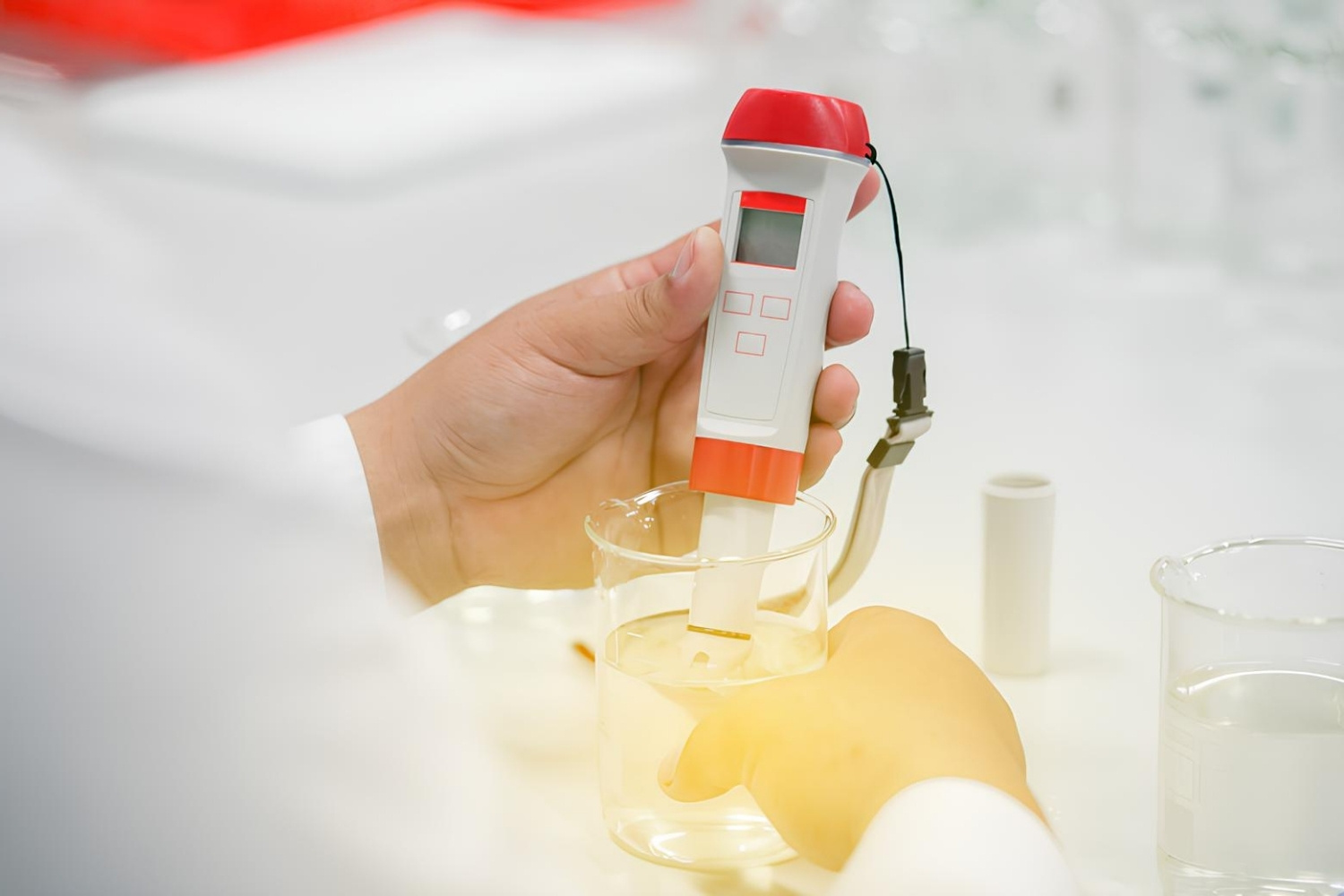Buffer solutions are essential in maintaining the pH levels in various chemical and biological systems. This quiz will take you through the intricacies of buffer solutions, from their basic components to their practical applications. Challenge yourself and see how much you know about these crucial chemical solutions!
We recommend that you do not leave the page that you are taking this quiz in. Stay honest 🙂
Buffer Solution Quiz Questions Overview
1. What is a buffer solution?
A solution that resists changes in pH when small amounts of acid or base are added
A solution that changes color when pH changes
A solution that conducts electricity
A solution that reacts violently with acids
2. Which of the following is a common component of a buffer solution?
Strong acid
Weak acid and its conjugate base
Strong base
Neutral salt
3. What is the pH range in which most buffer solutions are effective?
1-3
3-5
6-8
9-11
4. Which of the following pairs can act as a buffer solution?
HCl and NaCl
H2CO3 and NaHCO3
NaOH and KOH
H2SO4 and Na2SO4
5. What happens to the pH of a buffer solution when a small amount of acid is added?
The pH increases significantly
The pH decreases significantly
The pH remains relatively constant
The solution becomes neutral
6. What is the role of the conjugate base in a buffer solution?
To neutralize added acids
To increase the pH
To decrease the pH
To conduct electricity
7. Which of the following is an example of a biological buffer system?
Phosphate buffer system
Sulfuric acid buffer system
Sodium chloride buffer system
Potassium hydroxide buffer system
8. How does a buffer solution respond to the addition of a small amount of base?
The pH increases significantly
The pH decreases significantly
The pH remains relatively constant
The solution becomes acidic
9. What is the Henderson-Hasselbalch equation used for?
Calculating the pH of strong acids
Calculating the pH of buffer solutions
Determining the solubility of salts
Measuring the conductivity of solutions
10. What is the primary function of a buffer solution in a chemical reaction?
To speed up the reaction
To maintain a constant pH
To change the color of the solution
To increase the temperature of the reaction
11. Which of the following is NOT a characteristic of a buffer solution?
Resists changes in pH
Contains a weak acid and its conjugate base
Changes pH drastically upon dilution
Maintains pH stability
12. Which of the following is an example of a buffer system in the human body?
Hydrochloric acid buffer system
Bicarbonate buffer system
Sodium chloride buffer system
Potassium hydroxide buffer system
13. What is the purpose of adding a buffer to a solution in a laboratory experiment?
To change the solution’s color
To maintain a constant pH
To increase the solution’s temperature
To speed up the reaction
14. What is the effect of dilution on the pH of a buffer solution?
The pH increases significantly
The pH decreases significantly
The pH remains relatively constant
The solution becomes neutral
15. Which of the following is true about the capacity of a buffer solution?
It is infinite
It depends on the concentration of the buffer components
It is independent of the buffer components
It decreases with increasing temperature
We recommend that you do not leave the page that you are taking this quiz in. Stay honest 🙂











